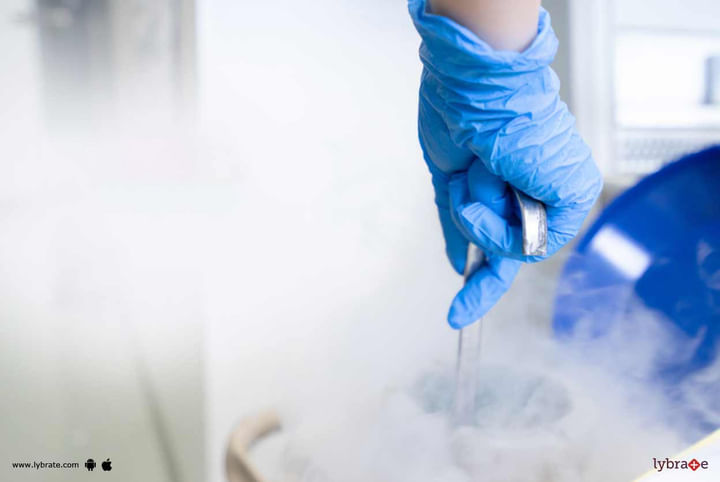Different Techniques That Can Be Used For Egg Freezing!
Egg Freezing, which is also known as mature oocyte cryopreservation, refers to the method through which reproductive potential is restored among women. Eggs get harvested from the ovaries, frozen and in an unfertilized manner and are stored for purpose of using them later on. The egg freezing procedure is recommended for those women, who would like to delay conceiving baby due to various kinds of reasons.
Before the freezing of eggs, it is important to first retrieve the eggs. Let us look at how the eggs are retrieved, followed by the procedure of egg freezing through two different ways.
Retrieval of Egg
Egg Retrieval takes place just like it is done in case of in vitro fertilization (IVF). Women would need to be put under medication for hormones or through injections, which shall lead to the stimulation of ovaries, leading to more eggs getting matured. After this women would receive the necessary medication to stimulate ovulation and then the extraction of eggs takes place through the use of a needle. Specialists perform this whole procedure by putting women under the effect of anaesthesia and are also guided by ultrasounds. Once the extraction is completed, the freezing takes place.
There are two different techniques involved in the egg freezing process. They include:
Slow Egg Freezing Method
A substance called cryoprotectant is used in order to protect the biological tissues from getting damaged out of freezing. This slow freezing method of getting eggs frozen relies on low initial concentrations of cryoprotectant. The cryoprotectant in low concentration is introduced when the egg is at a relatively warm temperature and still continues to experience the usual functions of a living cell. Then the cryoprotectant would spread all throughout thus fill the egg, hence replacing most of the water inside the egg. The egg is then inserted into a small container made of plastic and ultimately get placed inside a cooling chamber. The lowering of temperature, to around -6 degree centigrade, takes place through injecting very tiny amounts of liquid nitrogen into the cooling chamber. The cooling process is controlled by a computer.
The main purpose of these techniques is to avoid ice crystals from getting formed in the egg. During the spreading of the cryoprotectant, if the ice crystals are still present, they can cause damage to the egg and hence the egg may not survive the process of thawing. Then the temperature is lowered further to around -32 degree centigrade. By this time, the egg’s metabolic rate becomes slow. The container where the egg was placed, is then dipped inside the liquid nitrogen, forming a solid.
Rapid Egg Freezing Method or Vitrification
At the time of rapid freezing method, there is high concentration of initial cryoprotectant whereas the cell remains at room temperature. The egg is unable to stay for long in this temperature and thus gets poured immediately onto the liquid nitrogen. Cryoprotectant spreads at a rapid rate so as to avoid ice-crystal from getting damaged. Vitrification is a very new method for freeing eggs. Recent research has shown that vitrification of eggs largely improves the possibility for survival after thawing and the rates of pregnancy.



+1.svg)
